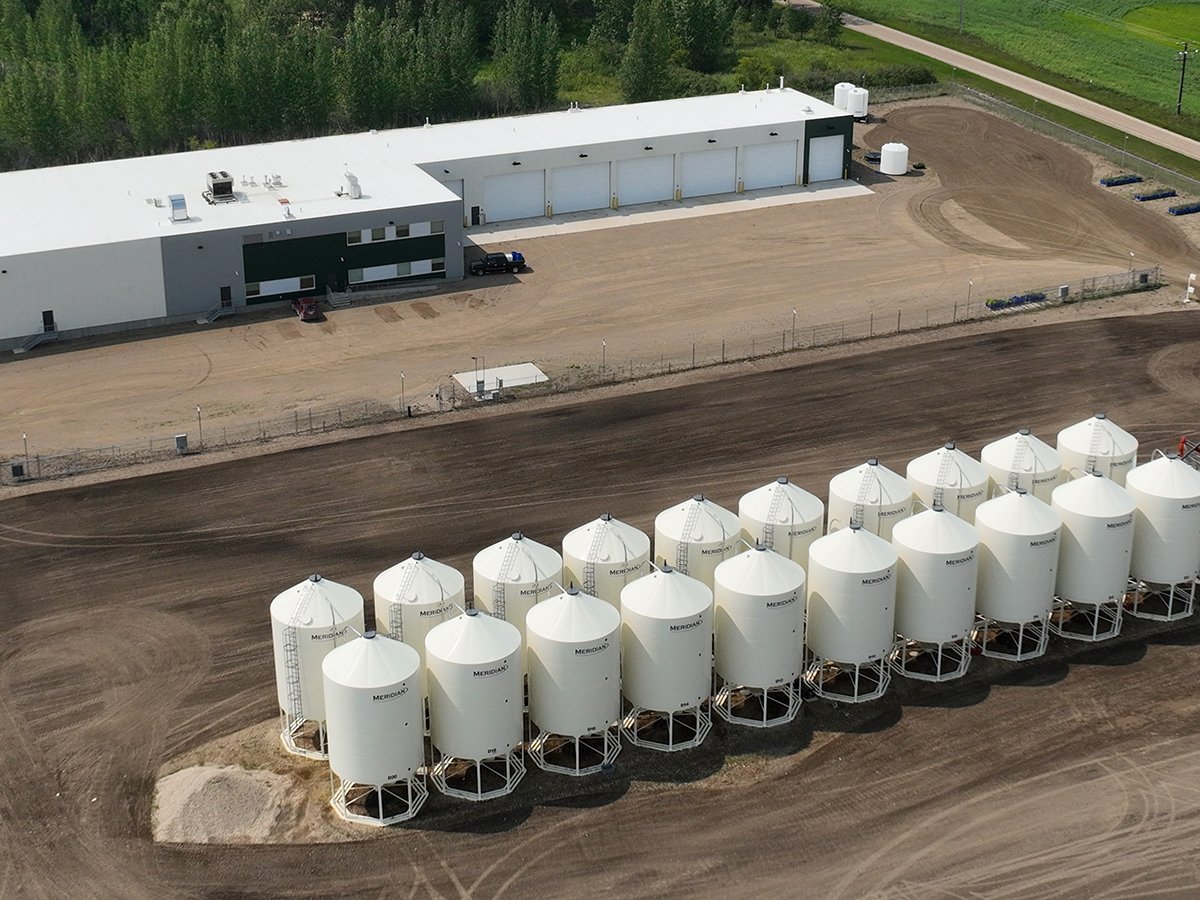Canola dockage dispute with China could be one of many regulatory obstacles that need to be addressed, say experts
Canada obviously needs an immediate answer for the canola dockage dispute with China, but a larger, long-term quandary might be more important for Canadian farmers: how will Canada prevent future trade battles with China over agri-food products?
For instance, China could potentially introduce new rules for growth promotants in Canadian beef or glyphosate residues in Canadian cereal grains.
If the two countries lack an agreement to resolve such conflicts, it’s likely that regulatory barriers will continue to pop up.
“These types of disputes over agriculture products are frequent,” said Eva Busza, vice-president of research and programs with the Asia Pacific Foundation of Canada.
Read Also

Saskatchewan firm aims to fix soil with compost pellets
In his business, Humaterra, Leon Pratchler is helping farmers maximize yields in the weakest areas of their fields through the use of a compost pellet.
“If you look at the WTO (World Trade Organization), since 1995 they’ve had over 100 disputes that have gone to their dispute settlement body (on agri-food products).”
On Sept. 1, China plans to implement new rules for dockage in imports of Canadian canola. The regulation will lower the dockage allowance to one percent, down from the previous standard of 2.5 percent. Chinese officials say the move is necessary to prevent the spread of blackleg, a soil-borne disease, in China’s rapeseed crop.
If unresolved, the regulations could dramatically slow canola exports to China, worth more than $2 billion in 2015.
Prime Minister Justin Trudeau will travel to China in late August and early September and is expected to discuss the canola quarrel with Chinese politicians.
Busza said the canola dockage dispute isn’t surprising because China had a similar battle with Australia over canola and blackleg. China banned canola from Australia for three years from 2009-12.
Canadian farmers urgently need a solution for the canola issue, but Busza said there are several ways for Canada to proceed long-term with China on agricultural trade:
- devise a special agreement between the two countries on regulatory co-operation
- rely on a third party, such as the WTO, to settle disputes
- work on a Canada-China free trade agreement
Of those choices, Busza said a free trade deal is probably the best option, but a potential agreement needs language that deals with regulatory barriers to trade.
“If Canada decides to move forward on a FTA with China, they should definitely be looking at whether they can get some regulatory mechanisms to address these types of issues,” she said.
“Whether that can be negotiated or not is another question.”
Stuart Smyth, a University of Saskatchewan agricultural economist, isn’t convinced Canada could negotiate such language into a free trade agreement with China.
Smyth and his colleagues read through the text of the Trans Pacific Partnership agreement, the CETA deal between Canada and Europe and the draft text of the Transatlantic Trade and Investment Partnership (TTIP) between America and the European Union.
They found that details on how to resolve regulatory barriers to agri-food trade were absent in all three documents.
“Even if we did an agreement with China, based on what we’re seeing in some of these recent agreements … I don’t have a lot of confidence that an issue like this (canola dockage) would be resolved (by a free trade deal).”
Busza disagreed with Smyth’s assessment. She said CETA does contain specific language around regulatory obstacles.
“For Canada, we’ve only recently included chapters in our free trade agreements that deal with regulatory co-operation,” she said.
“CETA is the first one that provides that framework for us.”
In an email, Smyth agreed that CETA includes “provisions for regulatory issues,” but the agreement doesn’t offer solutions for highly contentious issues such as the low level presence of genetically modified crops in non-GM shipments.
“In the biotech field, there is no ability to resolve the disputes,” Smyth said. “They will simply be discussed and discussed for years with no mechanism for resolution.”
Smyth has written a review of the free trade agreements, which will likely be published this fall.















